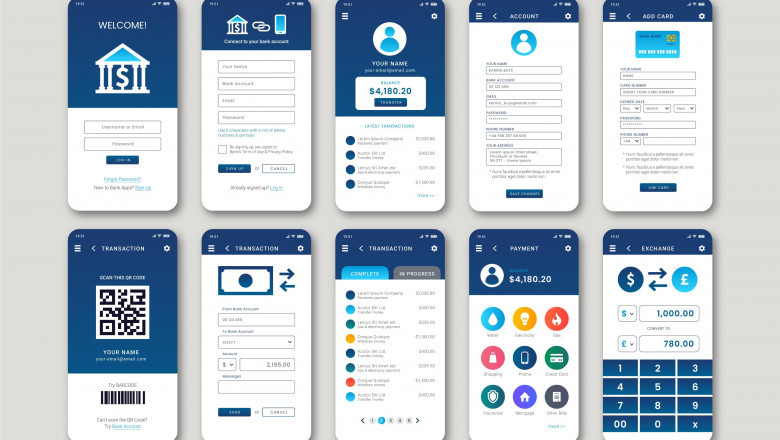views
React Native is an open-source framework that enables developers to build mobile apps using JavaScript and React. Its cross-platform capabilities allow for seamless development on both iOS and Android, reducing time and resources significantly.
Future-proofing your app with React Native app development means leveraging its flexibility. Regular updates, a vibrant community, and the ability to integrate new technologies ensure your app stays current. This adaptability helps safeguard against obsolescence while providing users with a consistently positive experience across devices.
Why Future-Proofing is Essential for a Mobile App
Future-proofing your mobile app is crucial in today’s fast-paced tech landscape. With rapid advancements, apps can quickly become outdated, losing relevance and user engagement.
By prioritizing future-proofing, you ensure adaptability to new technologies and platforms. This strategic approach helps maintain competitiveness while meeting evolving user expectations. A well-future-proofed app not only retains its audience but also attracts new users by continuously offering relevant features and updates.
Understanding the Impact of Technology Obsolescence on Mobile Apps
Technology obsolescence can significantly affect mobile apps. As new devices and platforms emerge, older applications may struggle to keep up with performance requirements or user expectations. This often leads to decreased engagement and higher uninstall rates.
Moreover, outdated technologies can create security vulnerabilities. Users are increasingly aware of privacy and data protection. If your app doesn't meet current standards, it risks losing trust and credibility in a competitive market where innovation is crucial for survival.
Strategies for Future-Proofing Your Mobile App
To future-proof your mobile app, prioritize modular architecture. This allows for easy updates and integration of new features without overhauling the entire system. Embrace cross-platform solutions like React Native to streamline development across different devices.
Regularly update your technology stack to keep pace with advancements in frameworks and libraries. Incorporating user feedback into your design can also enhance usability, ensuring that your app remains relevant and engaging as user needs evolve over time.
Types of Application Scaling
Application scaling can be divided into two main types: vertical and horizontal. Vertical scaling, or "scaling up," involves adding more resources to a single server, such as increasing CPU power or memory. This method is often simpler but has its limitations.
Horizontal scaling, or "scaling out," refers to adding more servers to handle increased load. It allows for greater flexibility and redundancy, making it ideal for high-traffic applications. Choosing the right type of scaling strategy is crucial for ensuring long-term app performance and reliability.
Designing Your Mobile App for Scalability with React Native
Designing your mobile app for scalability using React Native starts with modular architecture. This approach allows developers to break down the app into smaller components, making it easier to manage and update over time.
Additionally, leveraging state management libraries like Redux can streamline data handling across your application. By ensuring that each component is reusable and efficient, you can enhance performance while preparing your app for future growth without significant rewrites or overhauls.
Success Stories of Future-Proofed Mobile Apps
Several companies have successfully future-proofed their mobile apps using React Native. For instance, Airbnb transitioned to this framework to enhance performance while maintaining cross-platform compatibility. This shift allowed them to adapt rapidly to user demands.
Similarly, Walmart revamped its app with React Native, leading to significant improvements in load times and user engagement. These success stories highlight the importance of choosing a flexible technology that evolves alongside users' expectations and market trends.
Frequently Asked Questions
Many people wonder how long it takes to future-proof a mobile app with React Native. The timeline can vary based on the complexity of your project and the resources available. However, investing time in this process pays off in the long run.
Another common question involves cost considerations. Future-proofing may require additional investment upfront, but this strategy helps avoid more significant expenses later due to outdated technology or necessary re-development. Prioritizing scalability leads to better financial planning for your app's lifecycle.
Conclusion
Future-proofing your mobile app is not just a trend; it’s a necessity in today’s fast-paced tech landscape. By leveraging React Native, you can create an adaptable and scalable application that meets user needs for years to come.
Success stories highlight how forward-thinking companies have thrived by anticipating changes. As you embark on this journey, remember that investing in the right technologies and practices now will pay off significantly later. Your mobile app's success depends on its ability to evolve alongside technological advancements and user expectations.














Comments
0 comment